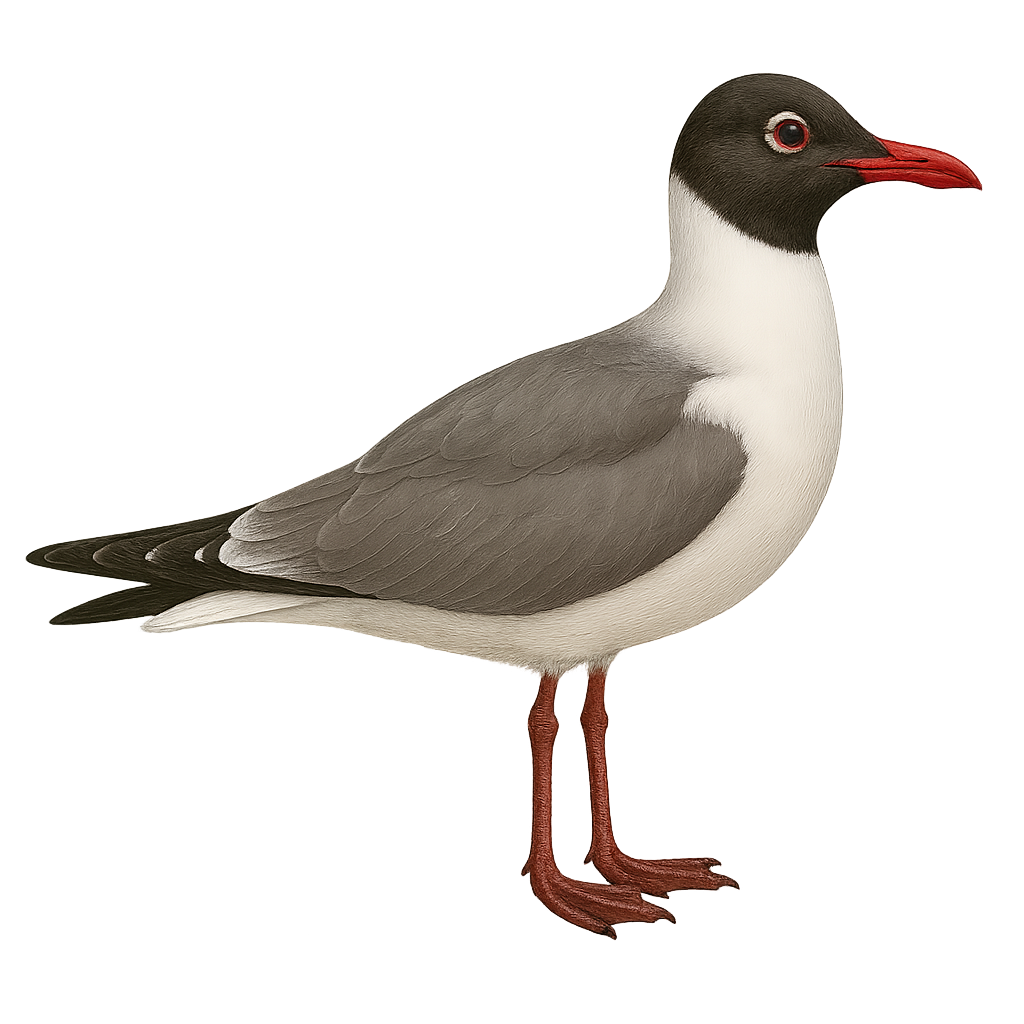Your wildlife photography guide.
Explore the laughing gull in detail, study its behavior, prepare your shots.
Where to observe and photograph the laughing gull in the wild
Learn where and when to spot the laughing gull in the wild, how to identify the species based on distinctive features, and what natural environments it inhabits. The WildlifePhotographer app offers tailored photography tips that reflect the laughing gull’s behavior, helping you capture better wildlife images. Explore the full species profile for key information including description, habitat, active periods, and approach techniques.
Laughing Gull
Scientific name: Leucophaeus atricilla

IUCN Status: Least Concern
Family: LARIDAE
Group: Birds
Sensitivity to human approach: Tolerant
Minimum approach distance: 10 m
Courtship display: April to June
Incubation: 20-23 jours
Hatchings: May to July
Habitat:
Coasts, islands, beaches
Activity period :
Primarily active during the day, with peak activity in the morning and late afternoon.
Identification and description:
The Laughing Gull, Leucophaeus atricilla, is a medium-sized bird known for its distinctive plumage and characteristic call. During the breeding season, it sports a black head, gray back, and wings with black tips. The rest of its body is white, and its bright red bill contrasts with its plumage. Outside the breeding season, its head turns white with gray spots. It primarily inhabits coasts and islands, feeding on fish, crustaceans, and waste. Sociable by nature, it often gathers in large colonies. Its adaptability to urban environments makes it a common sight along the Atlantic coasts and the Gulf of Mexico.
Recommended lens:
400mm – adjust based on distance, desired framing (portrait or habitat), and approach conditions.
Photography tips:
To photograph the Laughing Gull, focus on beaches and coasts where it is often found. Use a 400mm or longer telephoto lens to capture precise details without disturbing it. The golden hours of morning or evening provide soft light that highlights its plumage. Be patient and observe its behavior to anticipate its movements. In-flight shots can be spectacular, so be ready to quickly adjust your settings to follow its fast and agile flight.
The WildlifePhotographer App is coming soon!
Be the first to explore the best nature spots, track rutting seasons, log your observations, and observe more wildlife.
Already 1 439 wildlife lovers subscribed worldwide

